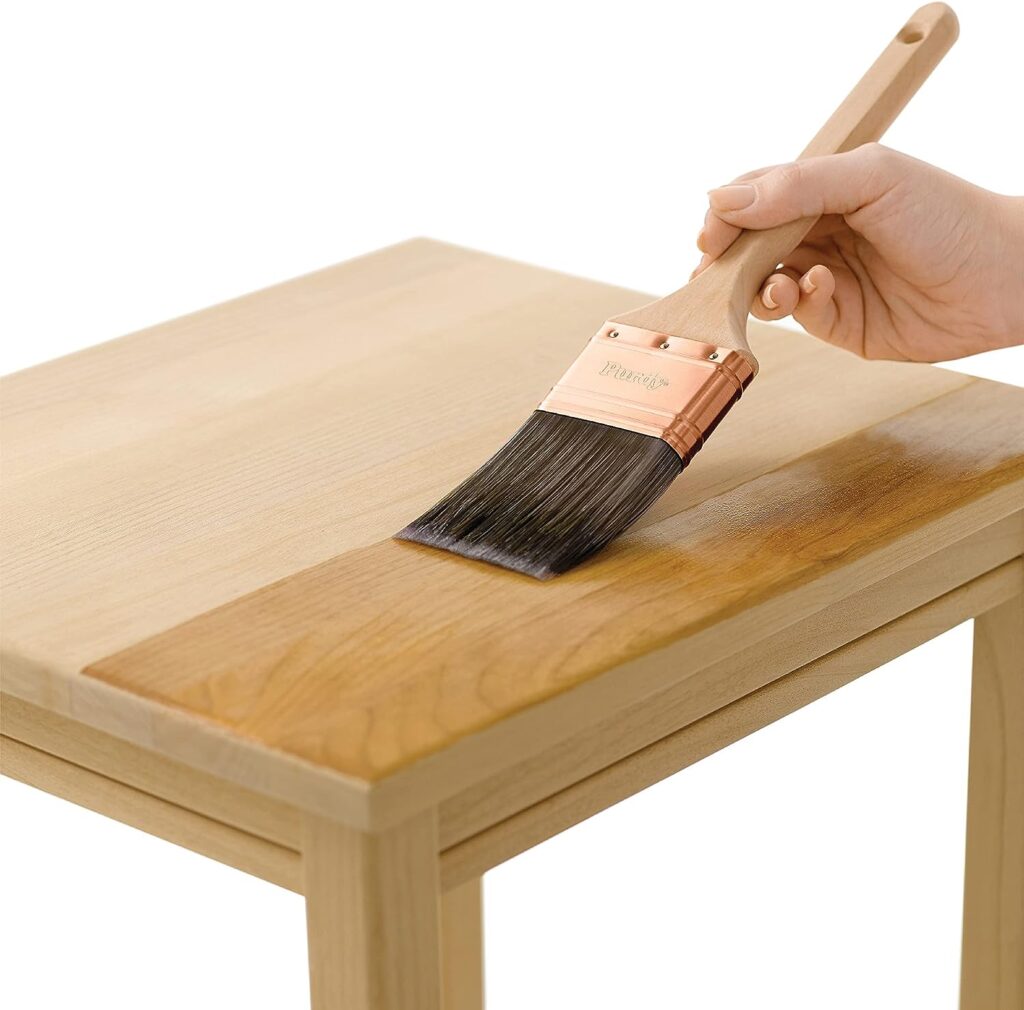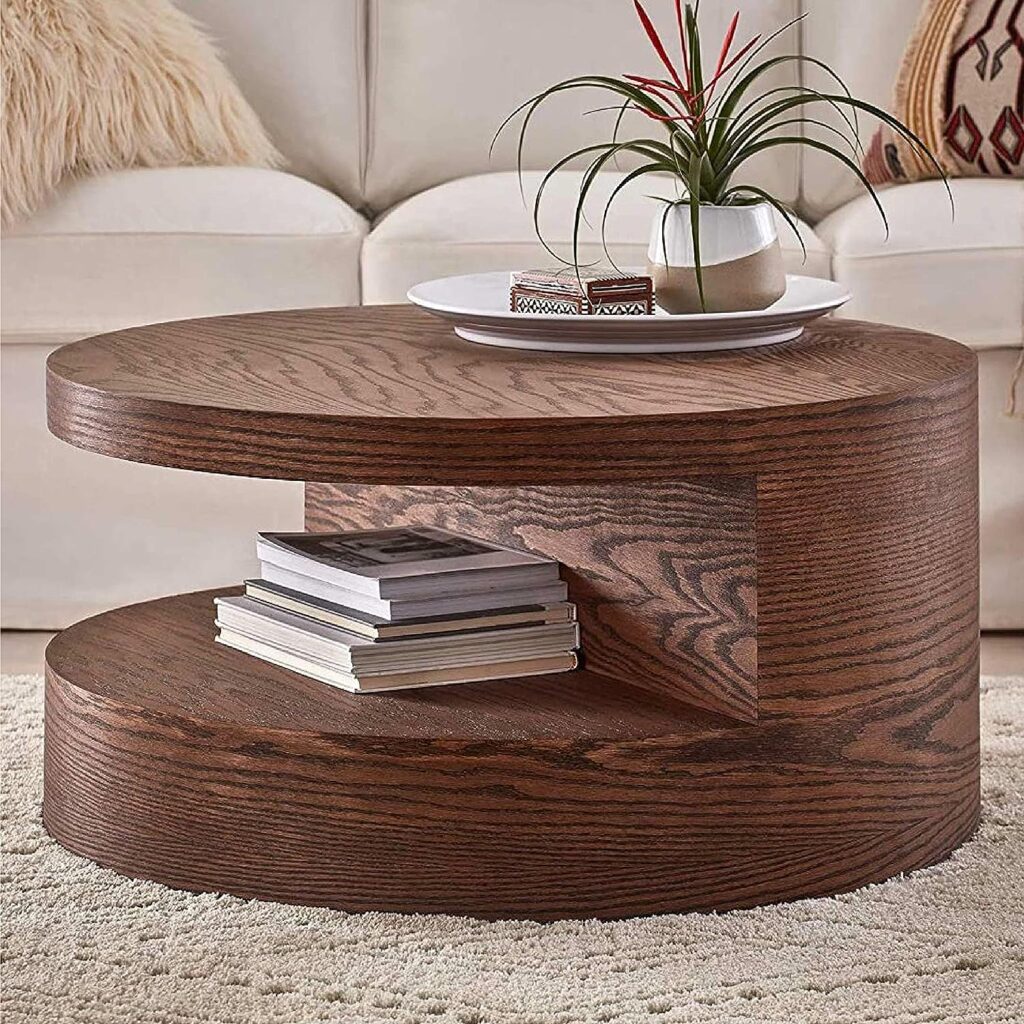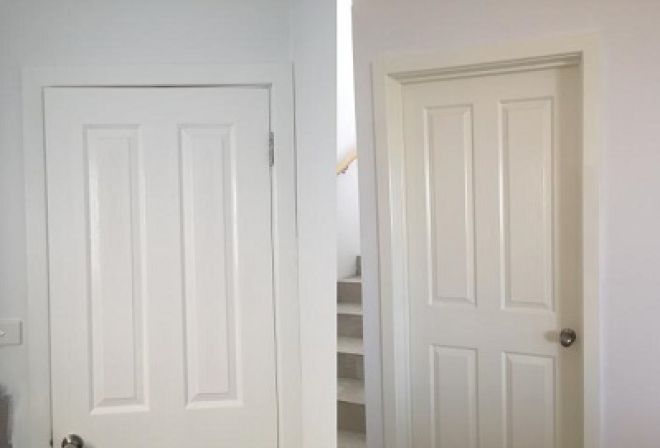Gloss can turn yellow due to the breakdown of its chemical composition over time, often triggered by exposure to light, heat, and air. This process, called oxidation, causes the Gloss to develop a yellowish tint, especially in oil-based products.
Now, why does Gloss go Yellow? Well, gloss turning yellow over time, a phenomenon known as gloss yellowing, raises questions about its causes.
This occurrence, often seen in paint, varnish, or plastic surfaces, can be attributed to various factors.
Environmental elements like UV radiation, temperature fluctuations, and humidity contribute to chemical reactions in the Gloss, resulting in the gradual change of color.
From our blog post, you’ll learn elaborately about the reasons behind Gloss going yellow and its prevention.
Why Does Gloss Go Yellow?
Gloss is a popular finish used on various surfaces. But over time, it can become yellowed and lose its original clarity.
So, why does Gloss go yellow?
Understanding why Gloss goes yellow is difficult, but it’s important to maintain your surfaces’ aesthetic appeal and longevity. You can’t take preventive measures without figuring out the reasons for the Gloss getting yellow.
So, let’s discuss the common culprits of the Gloss becoming yellow.
Exposure to Sunlight
Gloss finishes, especially those exposed to direct sunlight, can undergo a chemical reaction called yellowing. The UV rays of Sunlight can break down the clear coat of the Gloss, causing it to change color and turn yellow.
Oxidation
Gloss coatings, particularly those made with certain types of resins, can undergo oxidation over time. This chemical process causes the Gloss to degrade and discolor, resulting in a yellowish hue.
Environmental pollutants
Airborne pollutants, such as cigarette smoke, smog, and certain chemicals, can react with the Gloss’s clear coat and cause it to turn yellow.
Aging
As gloss coatings age, they can naturally become yellow due to the breakdown of the resins and other components used in their formulation. This process is often accelerated by exposure to heat and humidity.
Inadequate Curing
Improper curing of the gloss coating during application can hinder the full evaporation of the solvents used.
These residual solvents can react with the Gloss over time, contributing to yellowing.
Incompatibility with underlying layers
Applying Gloss over an incompatible substrate or prior coat triggers a chemical reaction, resulting in yellowing.
Poor quality materials
The use of low-quality or substandard gloss products can increase the likelihood of yellowing. These products may contain impurities or lack sufficient UV stabilizers, making them more prone to discoloration.

Impact of Environmental Factors on Gloss Yellowing
One of the primary causes of yellowing Gloss is the oxidation of certain chemicals in the Gloss itself. As gloss ages, it undergoes chemical reactions that cause the yellowing effect.
However, environmental factors severely impact your gloss yellowing.
UV Radiation:
The Sun disposes Ultraviolet radiation. the Ultraviolet radiation can cause gloss finishes to become yellow over time through breaking the protective coating of chemical structure.
Ultimately, the gloss color changes which leads the object to yellowing.
Impact
Prolonged exposure to UV radiation accelerates yellowing, particularly in outdoor settings or areas with direct sunlight.
Temperature Fluctuations
Heat speeds up chemical reactions, including the oxidation of binders, a common cause of yellowing.
Impact
Rapid temperature changes or consistently high temperatures can expedite the breakdown of gloss components and hasten yellowing.
Humidity and Moisture:
High humidity levels contribute to moisture absorption by the Gloss, altering its chemical structure and promoting discoloration.
Impact
Environments with excess humidity facilitate the breakdown of gloss materials, enhancing the likelihood of yellowing.
Airborne Pollutants:
Explanation: Pollutants, fumes, and chemicals present in the environment can react with gloss surfaces, causing chemical changes and yellowing.
Impact
Poorly ventilated indoor spaces or exposure to pollutants intensifies the risk of gloss yellowing.
Incompatible Substrates
Explanation: Applying Gloss over a substrate or previous coat that is not compatible can trigger chemical reactions, leading to yellowing.
Impact
The interaction between the Gloss and incompatible surfaces can create unwanted chemical transformations and result in yellow discoloration.
Inadequate Curing Process:
Inadequate curing during application can prevent solvents from fully evaporating, leaving behind volatile compounds that contribute to yellowing.
Impact
Improper curing allows residual solvents to react with environmental elements, causing gloss surfaces to turn yellow over time.
Oxidation and Aging:
Gloss materials, especially binders like oils, can undergo oxidation and degradation over time, leading to color changes.
Impact
Aging and exposure to environmental stressors amplify the natural yellowing process.
How to Prevent Gloss Yellowing?
Gloss yellowing refers to the gradual change in color of a glossy or shiny surface. It develops a yellowish or amber tint over time.
Gloss can go yellow for various reasons, ranging from exposure to sunlight to the aging process of certain materials. But how to prevent the Gloss from yellowing any object? Let’s explore.
Choose Quality Gloss Products
Select gloss products with non-yellowing formulations designed to resist discoloration over time. Water-based or acrylic glosses are often less prone to yellowing compared to traditional oil-based options.
Optimize Application
Follow proper application techniques, including even coverage and appropriate drying times, to ensure thorough curing of the gloss coating.
Avoid Direct Sunlight
Position glossed items away from direct sunlight or use UV-protective measures like blinds, curtains, or UV-resistant coatings.
Use Protective Coatings
Apply a clear, non-yellowing topcoat or sealant as an additional layer of protection. It can protect your gloss paint from multiple environmental factors.
Control Temperature and Humidity
Maintain stable indoor temperatures and humidity levels to minimize the impact of temperature fluctuations and moisture absorption.
Regular Cleaning and Maintenance
Keep glossed surfaces clean from dirt and pollutants using gentle cleaning methods. Regular maintenance can prevent buildup that contributes to yellowing.
Proper Ventilation
Ensure good ventilation in indoor spaces to reduce exposure to airborne pollutants and fumes that could lead to yellowing.
Choose Compatible Substrates
Apply Gloss only over surfaces that are compatible with the gloss product. You can avoid chemical reactions that cause yellowing by doing the step.
Avoid Harsh Chemicals
Use non-abrasive and non-reactive cleaning products to protect the integrity of the gloss surface.
Store Carefully
Store glossed items in areas with controlled humidity and away from direct sunlight to prevent long-term yellowing.
Inspect and Address Early Signs
Regularly inspect glossed surfaces for any early signs of discoloration or yellowing. Address any issues promptly to prevent further deterioration.
Test Compatibility
Before applying Gloss to a larger area, perform a compatibility test in a small, inconspicuous area to ensure that the Gloss interacts well with the substrate.
Rotate Displayed Items
If possible, rotate or reposition items with a Gloss finish to evenly distribute any potential fading or yellowing.
Consult Experts
Seek advice from professional painters to choose the right gloss products. Also, ask for the preventive measures for your specific application.

How Can I Restore the Yellowed Gloss Or Paint To Its Original Color?
Restoring yellowed Gloss or paint can be challenging. But cleaning and using specialized products designed to remove stains and discoloration may help in some cases.
Here are our consequent guidelines for restoring the yellowed Gloss. But remember, the success of restoration can vary based on the severity of yellowing and the type of Gloss or paint.
Gather Supplies
Collect microfiber cloths, mild soap, water, fine polishing compound, soft applicator pads, rubbing alcohol, fine-grit sandpaper (if needed), and a high-quality, non-yellowing clear coat (optional).
Clean the Surface
Wipe the surface with a mixture of mild soap and water. Gently clean to remove dirt and debris without causing further damage.
Test an Area
Choose a small, inconspicuous area to test the restoration process. Apply the polishing compound to ensure it doesn’t harm the finish.
Polish the Surface
Apply a fine polishing compound to a soft applicator pad. Rub the compound onto the yellowed area using light pressure and circular motions. Buff with a clean cloth afterward.
Evaluate the Results
Check if the yellowing has improved. If the Gloss is significantly restored, proceed with caution; if not, consider seeking professional assistance.
Consider Sanding (Advanced)
If yellowing persists, very lightly sand the surface with fine-grit sandpaper. This should be done with care to avoid damaging the finish.
FAQs
Why does white paint or Gloss turn yellow over time?
Over time, white paint or Gloss can turn yellow due to a process called yellowing. Various factors, including exposure to sunlight, temperature fluctuations, chemical reactions, and the breakdown of certain compounds in the paint can cause yellowing gloss.
What causes oil-based paints to turn yellow?
Oil-based paints tend to yellow over time due to the oxidation of the oil in the paint. This process can be accelerated by exposure to heat, light, and pollutants in the environment.
Can water-based Gloss or paint turn yellow as well?
Yes, water-based Gloss or paint can also turn yellow over time. While they are less prone to yellowing compared to oil-based products, environmental factors and the breakdown of certain components can still lead to discoloration.
How does exposure to sunlight contribute to the yellowing of Gloss?
Sunlight, particularly ultraviolet (UV) rays, can cause the molecules in paint or Gloss to break down and undergo chemical changes. This can lead to discoloration and yellowing, especially to areas that stay under direct sunlight.
How long does Gloss take to turn yellow?
Depending on factors like product quality, environmental conditions, and UV exposure, it can take anywhere from a few months to several years.
The oil-based paints start to turn yellow after a few weeks. However, using high-quality Gloss with UV protection may delay yellowing.
Does color affect Gloss?
Yes, color can affect gloss perception. Darker colors tend to make surfaces appear less glossy. In contrast, lighter colors can enhance the glossiness perception due to variations in light reflection and surface imperfections.
Can applying a clear topcoat prevent the yellowing of painted surfaces?
Applying a clear topcoat, such as a non-yellowing varnish or sealant, can provide a protective barrier that reduces the effects of yellowing.
However, choosing a topcoat specifically designed to resist yellowing over time is important.
Can using low-quality paint or gloss lead to yellowing?
Yes, using low-quality paint or Gloss that contains inferior ingredients or lacks proper UV protection can increase the likelihood of yellowing.
Investing in higher-quality products can help reduce the risk of yellowing over time.
Conclusion
It is important to note that not all gloss finishes will turn yellow. Because the advancements in materials and technology have led to the development of more stable and UV-resistant gloss coatings.
However, understanding the factors that can contribute to yellowing gloss can help select the right gloss product. It’s also important to implement proper maintenance and care to minimize discoloration.
So, “Why does gloss go yellow?” It must be cleared to you.

